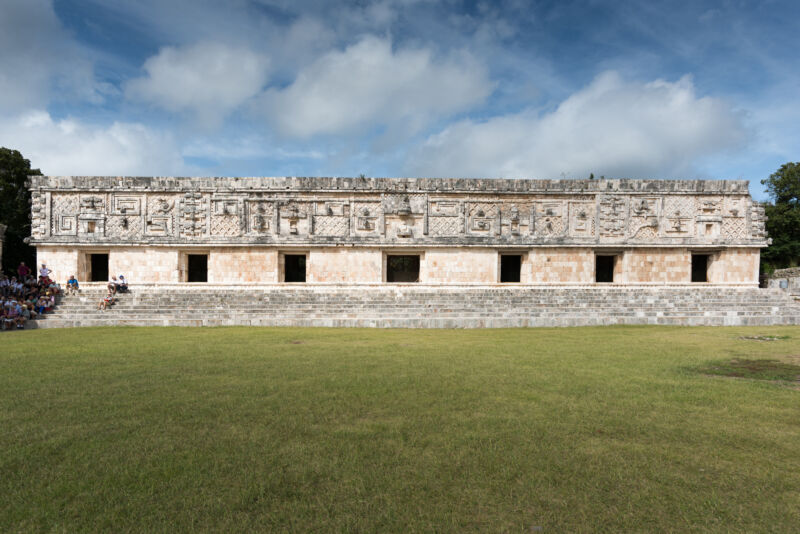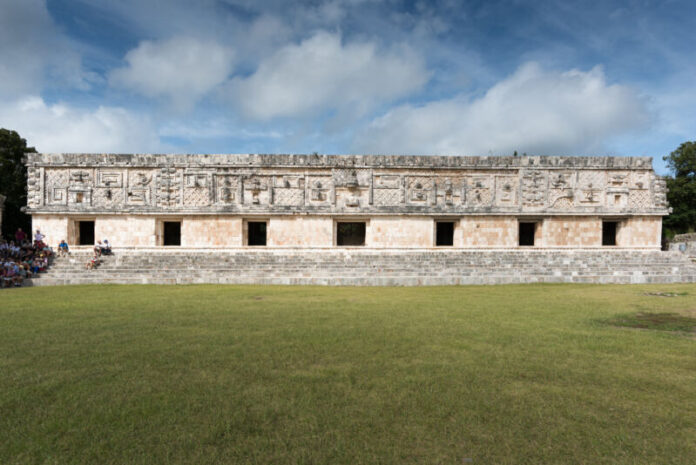
Enlarge / Mayans built impressive structures and occasionally put interesting items in the construction fill. (credit: Dr. Jürgen Tenckhoff)
As civilizations evolve, so do the political regimes that govern them. But the transition from one era to another is not always quiet. Some ancient Mayan rulers made a very fiery public statement about who was in charge.
When archaeologists dug up the burned fragments of royal bodies and artifacts at the Mayan archaeological site of Ucanal in Guatemala, they realized they were looking at the last remnants of a fallen regime. There was no scorching on the walls of the structure they were found beneath. This could have only meant that the remains (which had already been in their tombs a hundred years) were consumed by flames in one place and buried in another. But why?
The team of archaeologists, led by Christina T. Halperin of the University of Montreal, think this was the doing of a new leader who wanted to annihilate all traces of the old regime. He couldn’t just burn them. He also had to bury them where they would be forgotten.
Read 10 remaining paragraphs | Comments
Ars Technica - All contentContinue reading/original-link]




